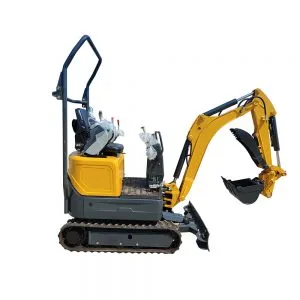Welcome to My Blog!
Before we dive into the content, I’d love for you to join me on my social media platforms where I share more insights, engage with the community, and post updates. Here’s how you can connect with me:
Now, let’s get started on our journey together. I hope you find the content here insightful, engaging, and valuable.
Table of Contents
Introduction
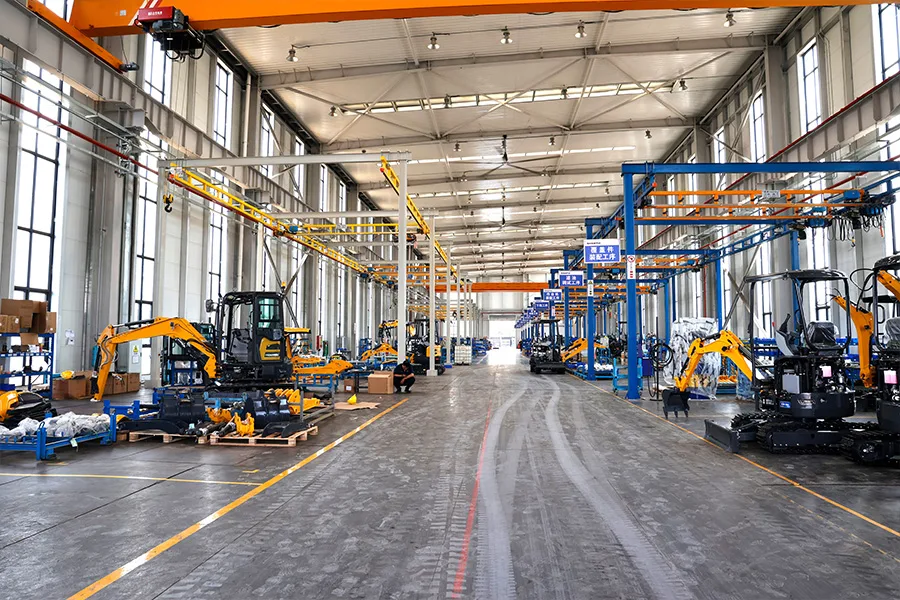
When it comes to purchasing construction machinery, the decision to compare mini excavators is crucial. Mini excavators offer great flexibility, power, and efficiency, making them a favorite for smaller job sites or projects that require precision. However, with numerous models and features to consider, it can be difficult to know where to start. This guide will break down five key factors to compare mini excavators before making your purchase decision. By focusing on these important aspects, you can choose the right mini excavator that fits your specific needs.
Size and Weight: Why It Matters When You Compare Mini Excavators
One of the first things you should consider when you compare mini excavators is their size and weight. These factors affect the machine’s maneuverability, ease of transport, and the kind of tasks it can perform. Mini excavators are usually categorized by their operating weight, which ranges from under 1 ton to around 10 tons.
- Smaller Machines: Lighter models are ideal for confined spaces, landscaping tasks, or working on soft ground where a heavier machine could cause damage.
- Heavier Machines: These offer more lifting capacity and are better suited for digging deeper or more demanding tasks.
Before you make your decision, compare mini excavators based on how much space and weight they can handle efficiently. Knowing the size requirements of your project will ensure the machine’s weight and footprint are ideal for the job.
Power and Performance: Comparing Engine Types
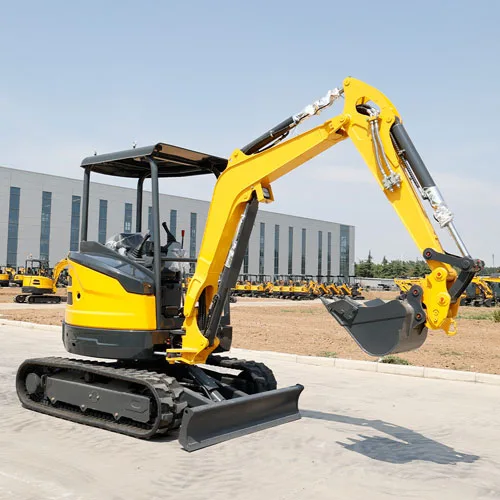
The engine power of a mini excavator directly impacts its performance. When you compare mini excavators, it’s essential to look at the engine specifications, such as horsepower and torque, which influence how effectively the machine can perform tasks like digging, lifting, and pushing.
- Higher Horsepower: Machines with more horsepower can handle heavier workloads and more intensive digging tasks, ideal for larger projects.
- Fuel Efficiency: A machine with a more fuel-efficient engine can reduce long-term operating costs, which is especially important for large-scale operations.
Engine performance and power output should be weighed against the scope of your project to ensure you’re choosing a mini excavator that meets your needs without overpaying for unnecessary power.
Hydraulic System and Attachments: Versatility in Performance
Another key factor to consider when you compare mini excavators is the hydraulic system and its compatibility with different attachments. A well-functioning hydraulic system allows the mini excavator to operate various tools like buckets, augers, or breakers, significantly expanding its capabilities.
- Hydraulic Flow Rate: Look for a higher flow rate if you plan to use heavy-duty attachments.
- Attachment Compatibility: Make sure the machine can easily connect with a range of attachments, ensuring it can serve multiple functions across different tasks.
Assessing the hydraulic system will help you understand how versatile the machine can be, which is especially useful if you plan to use your mini excavator for a variety of jobs.
Comfort and Ease of Operation: Operator-Friendly Features
The comfort of the operator and the ease of use are crucial when you compare mini excavators. An ergonomically designed cabin can reduce operator fatigue and enhance productivity. The controls should be intuitive and easy to operate, allowing the operator to focus on the task at hand rather than struggling with the machine.
- Control Layout: Evaluate whether the controls are within easy reach and are ergonomically designed to minimize strain during long shifts.
- Visibility: Good visibility from the operator’s seat ensures greater precision and safety.
- Climate Control: Features like air conditioning or heating can improve comfort, especially in extreme weather conditions.
A well-designed cabin with these features not only boosts productivity but also improves safety and reduces operational costs over time by ensuring the operator works efficiently.
Maintenance and Durability: Long-Term Investment
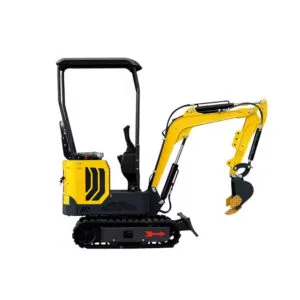
Mini excavators represent a significant investment, so you’ll want to ensure that the machine you purchase is durable and easy to maintain. Comparing mini excavators based on their durability and maintenance requirements will help you make a decision that offers long-term value.
- Serviceability: Look for models that have easy access to key components for routine maintenance. This will save you time and money on repairs and upkeep.
- Durability: Check the build quality, including the frame, undercarriage, and tracks. Machines built with high-quality materials tend to last longer and require fewer repairs.
Choosing a durable mini excavator will help you avoid expensive repairs and downtime, making it a better long-term investment.
Comparison Table: Key Factors to Consider
| Feature | Mini Excavator |
|---|---|
| Operating Weight | Light to Medium |
| Engine Power | Low to Medium |
| Hydraulic Flow Rate | Moderate |
| Attachment Compatibility | Limited to Basic |
| Operator Comfort Features | Basic |
| Maintenance Ease | Moderate |
Conclusion
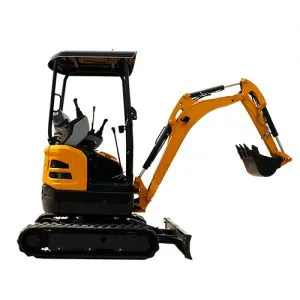
When it comes to buying a mini excavator, comparing these five key factors—size and weight, power and performance, hydraulic system and attachments, comfort and ease of operation, and maintenance and durability—will help you make an informed decision. By focusing on these aspects, you can ensure that the mini excavator you purchase fits both your current and future needs, maximizing your investment for years to come. Be sure to take your time to compare mini excavators thoroughly, considering each factor’s impact on your specific project needs.
FAQ
What is the ideal size for a mini excavator?
The ideal size depends on the job site conditions. Smaller mini excavators are ideal for confined spaces, while larger models are better suited for more demanding tasks.
How can I improve fuel efficiency with my mini excavator?
Choose a mini excavator with a more fuel-efficient engine, and ensure regular maintenance to keep the engine running smoothly. Proper operation also helps reduce fuel consumption.
Can I use the same mini excavator for multiple tasks?
Yes, a mini excavator with a versatile hydraulic system and compatible attachments can perform various tasks, from digging to lifting and breaking.
How often should I perform maintenance on my mini excavator?
Regular maintenance is crucial to extend the life of your mini excavator. Follow the manufacturer’s maintenance schedule, which typically includes routine checks every 250-500 hours of operation.
Are there specific safety features I should look for in a mini excavator?
Look for features like a rollover protective structure (ROPS), seat belts, and safety alarms. Good visibility and operator comfort are also essential for safe operation.

